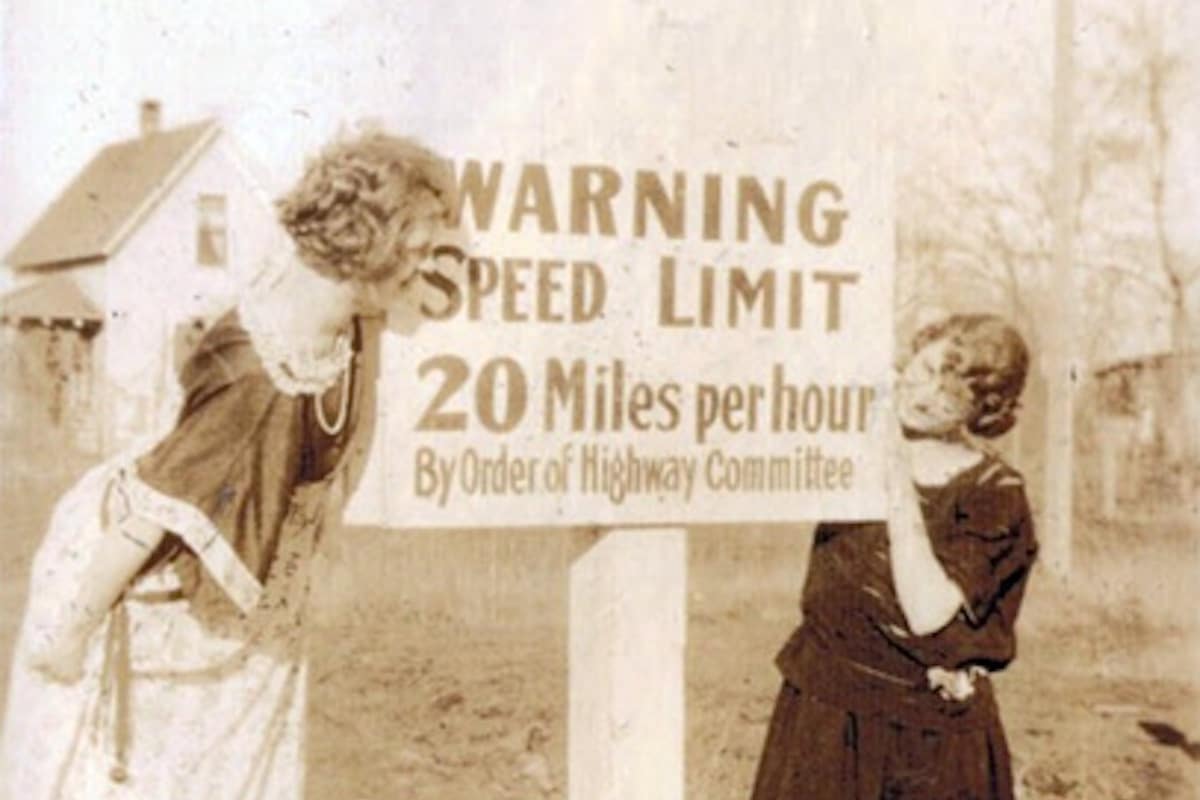121 years ago, the first jail sentence for speeding

On August 27, 1904, for the first time, a driver was sent behind bars for speeding.
The scene takes place in Newport, Rhode Island, where Judge Darius Baker sentenced a motorist deemed dangerous to five days in jail. His offense? Reaching a speed of 24 miles per hour, or about 38 km/h. Today, this speed makes us smile, but in an America still dominated by horses and pedestrians, it represented a real threat. The roads were neither paved nor designed to support automobile traffic. At that time, a vehicle traveling over 30 km/h was seen as a rocket.
This ruling marks a foundational step: the automobile is no longer a mere mechanical toy reserved for a few privileged individuals, it becomes a subject of law and regulation. By pronouncing this unprecedented sentence, Judge Baker opened the door to a reflection that has only grown since then. Where should we draw the line between the freedom to drive and public safety?
Is speed the enemy of good?
A century later, the question remains urgent. Speed cameras, stricter speed limits, and awareness campaigns are ultimately the modern heirs of this pioneering decision. Excessive speed remains one of the main causes of fatal accidents on the roads, and public authorities tirelessly continue their efforts to reduce it.
The Newport incident perfectly illustrates this ongoing tension between the love of cars and the duty of responsibility. For while the car has always embodied freedom and technical progress, it also reminds us, since that August 27, 1904, that it must be part of a collective framework.
You might be interestedin this article:
An excess of speed considered absurd today, while manufacturers compete for speed records. Yet it posed a universal question: how fast is too fast?
ALSO READ: 472 km/h for the BYD Yangwang U9!
This page is translated from the original post "Il y a 121 ans, la première peine de prison pour excès de vitesse" in French.
We also suggestthese articles:
Also read






